1. Not All Skunks Are Striped
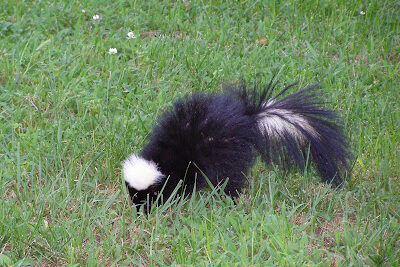
We picture skunks with bold black and white stripes, but not every individual fits this mold. Some skunks have spots, swirls, or even faint markings instead. This surprising variation reminds us that nature does not follow cartoons, and these differences can influence how visible they are to predators and people alike. It sets the stage for understanding that there is much more to skunks than the image we carry in our minds. Their looks remind us that animals adapt in ways we might not expect, giving us reasons to appreciate their hidden diversity.
2. Stripes Serve as Warning Signals
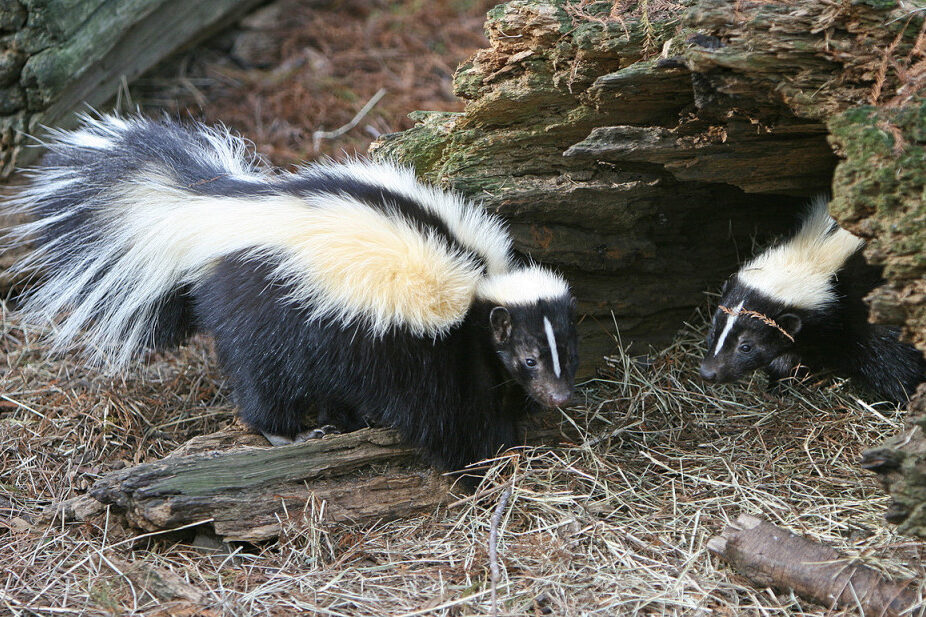
The classic white stripes of skunks are not just for fashion, they act as warning signals. Predators recognize the bold contrast as a sign of danger, since skunks can spray a noxious chemical defense. When skunks shed or soften their stripes, that warning system becomes less obvious, raising new survival questions. This means that some skunks may rely more on stealth or simply on their spray to stay safe. Either way, the stripes serve as a reminder of how appearance in the animal world can hold real meaning for survival and protection.
3. Scientists Are Studying Stripe Loss
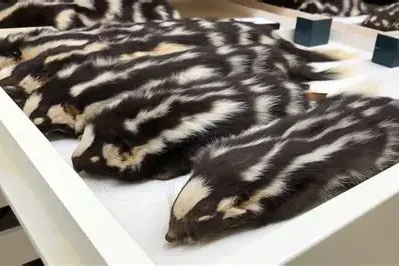
Biologists are intrigued by why some skunks lose or lack prominent stripes. Research is ongoing to understand whether this is due to genetics, environmental pressures, or both. Shedding stripes might offer camouflage advantages in certain habitats, while in others it could reduce the deterrent effect against predators who rely on visual cues. These questions encourage scientists to look more closely at how animals adapt to their surroundings. The more they study, the clearer it becomes that even simple details like coat patterns can reveal deeper lessons about nature, survival, and unexpected change.
4. A Case of Evolutionary Trade Offs
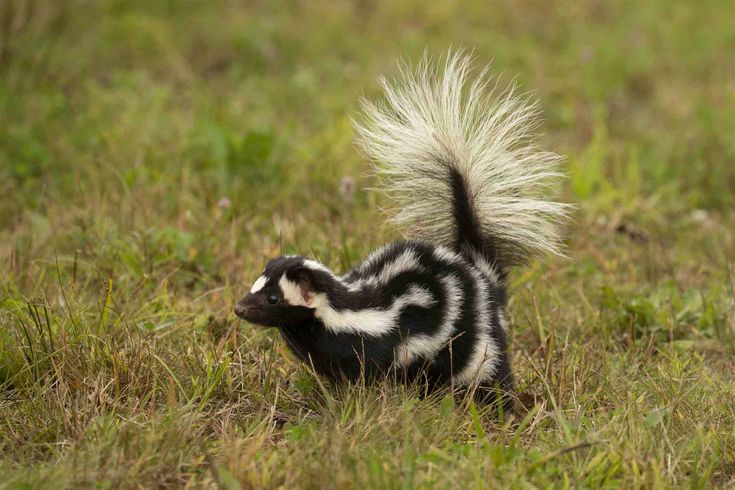
The balance between camouflage and warning signals is a classic evolutionary trade off. Stripes make skunks easy to spot but harder to attack, while less visible skunks might avoid notice altogether. This dual strategy could help populations survive under changing ecological pressures, but scientists are still unraveling which environments favor which look. Some habitats may reward visibility, while others reward invisibility. This tug of war shows how animals balance between different options for survival. It is a fascinating reminder that evolution often works in choices and compromises rather than in absolutes.
5. Skunks Are Found Across the Americas
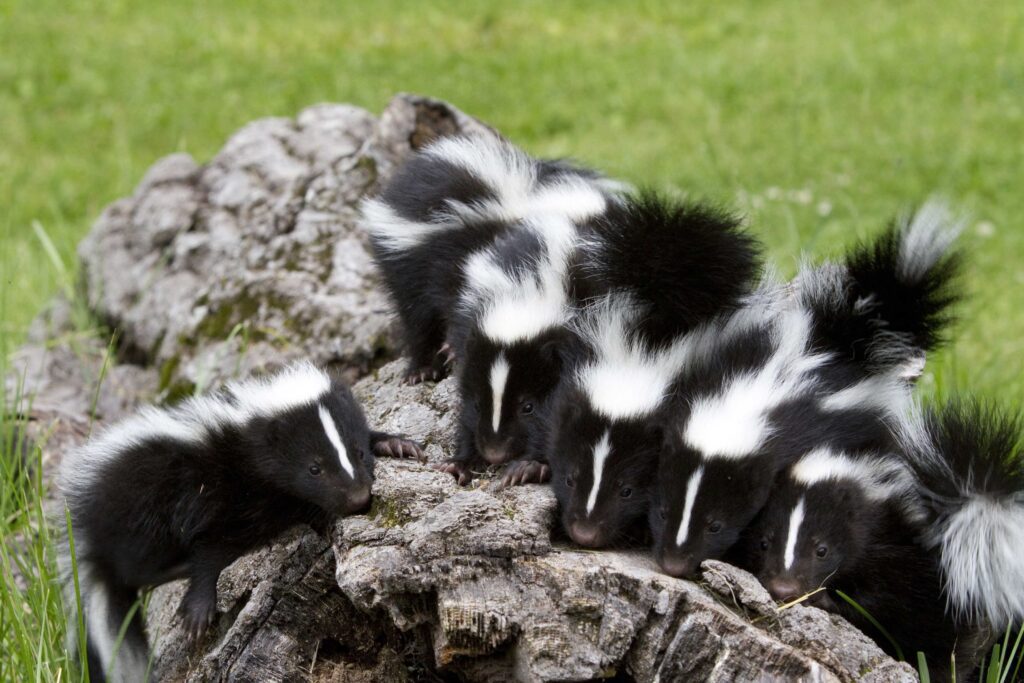
While most people associate skunks with North America, they are found throughout the Americas, from Canada to South America. Their markings vary across species and regions, adding more complexity to the question of stripes. Studying these differences helps scientists understand how geography, climate, and predator prey interactions influence appearance. In colder areas, stripes may be bolder, while in warmer or denser regions patterns shift. This wide distribution makes skunks adaptable in surprising ways. Their spread across the continents shows how nature tailors each creature to fit its environment with different looks.
6. Baby Skunks Do Not Always Match Adults
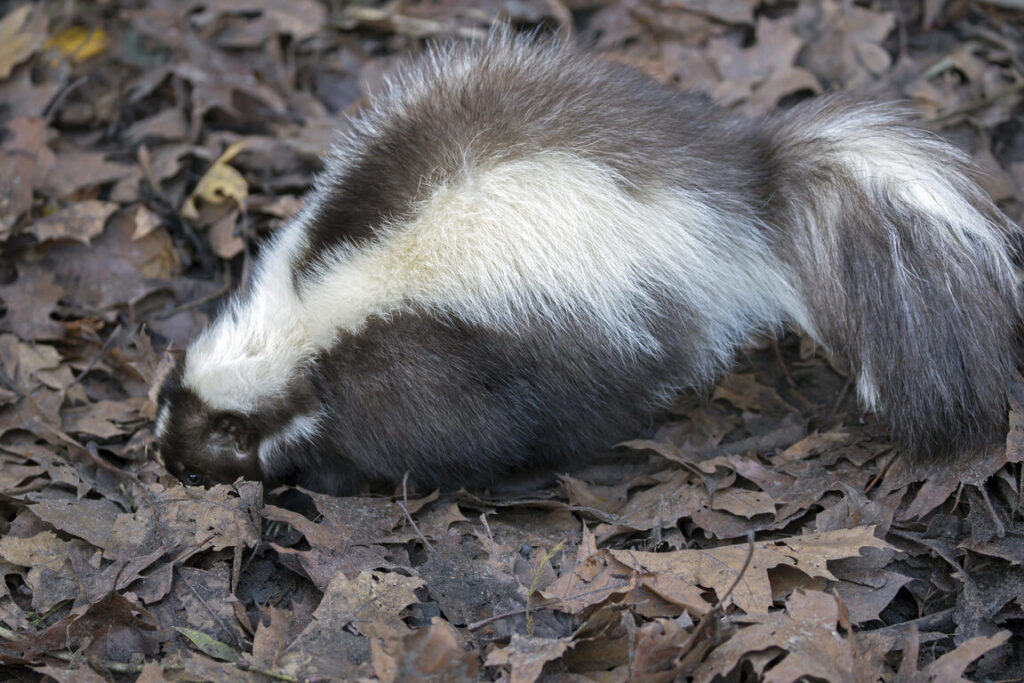
Juvenile skunks often have different or less distinct markings compared to adults. As they grow, their coat patterns shift, sometimes fading or sharpening into the familiar striped look. In some cases, however, stripes do not fully develop, offering researchers clues about the genetics and timing of stripe expression. Observing young skunks gives scientists opportunities to see how traits emerge over time. Much like children carrying features that later change, baby skunks hold hints about what their adult coats will become. These differences highlight how development can be as fascinating as survival itself.
7. The Spray Works Either Way
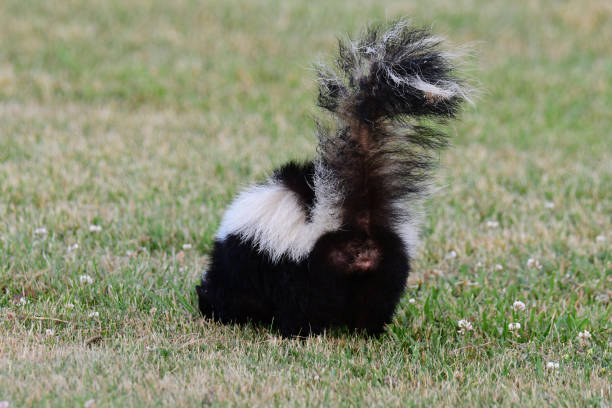
Whether striped or not, a skunk’s defense remains the same, its powerful spray. Even without obvious stripes, the sulfuric stench deters most predators. This raises fascinating questions about whether the stripes are truly necessary for protection, or whether the odor alone is sufficient to keep most enemies away. Evolution tends to keep multiple defenses in place, ensuring survival from every angle. Stripes send a warning, and the spray delivers the consequence. Together or apart, both tools remind us that survival is never left to chance, but built into every part of nature.
8. Skunk Stripes Vary by Individual

Just like human fingerprints, skunk stripes are not identical across individuals. Some may be broken, curved, or asymmetrical. In populations where stripe shedding occurs, these patterns can be highly variable, creating a surprising range of appearances within one species. This variability makes them excellent subjects for studying genetics and adaptation. It also shows that even within one species, diversity thrives in ways that are not always obvious. Each skunk carries its own natural design, offering yet another example of how individuality and uniqueness exist not only in humans but in animals too.
9. Humans May Influence Stripe Evolution
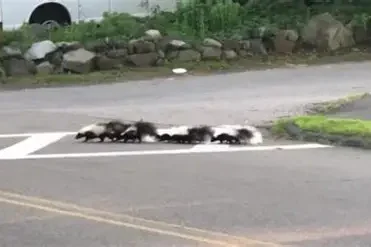
As humans expand into skunk territory, pressures may shift. Skunks in urban or suburban areas might benefit less from stripes if predators are fewer, or if cars rather than natural enemies pose the bigger threat. Researchers are investigating whether human altered landscapes play a role in reducing the prominence of stripes. This possibility shows how our presence can change not just environments but even the animals that live in them. Skunks adapting to human spaces may be the latest chapter in the ongoing story of how nature bends to survive.
10. A Reminder That Nature Is Flexible
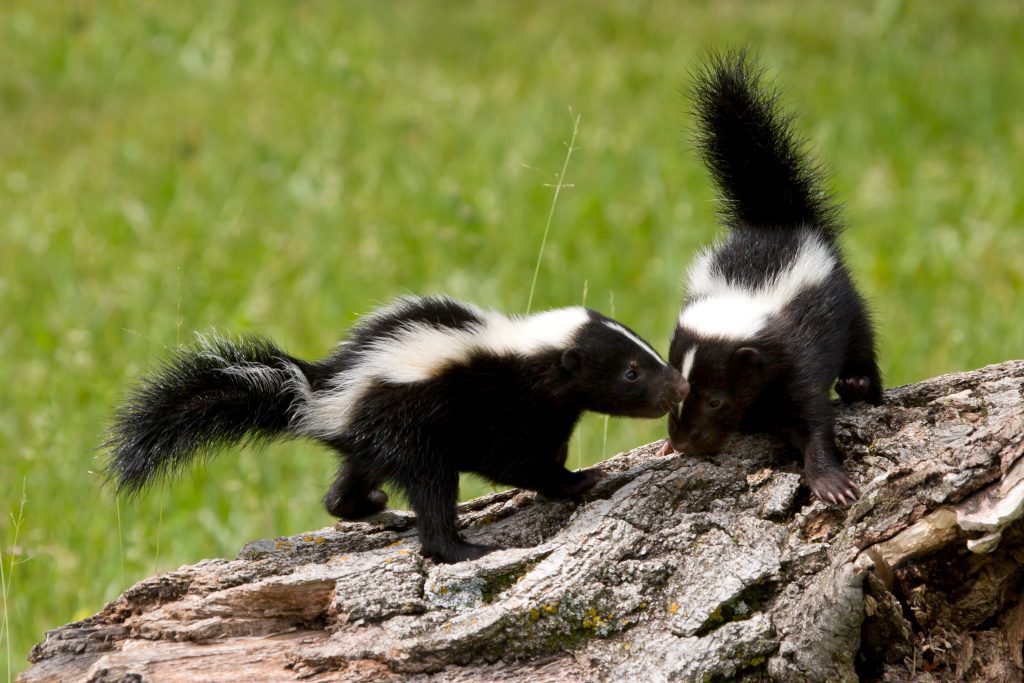
The discovery that some skunks shed or soften their stripes challenges our fixed mental image of them. It shows that animals are far more adaptable and variable than we often assume. Whether stripes fade, change, or stay bold, skunks remain a fascinating reminder that evolution works in unexpected ways. Their appearance is proof that nothing in nature is set in stone. From spotted to striped, from faint to bold, skunks carry with them a lesson in flexibility that applies to all living things as they move through changing worlds.
This story 10 Curious Facts About Skunks That Shed Their Stripes was first published on Daily FETCH


